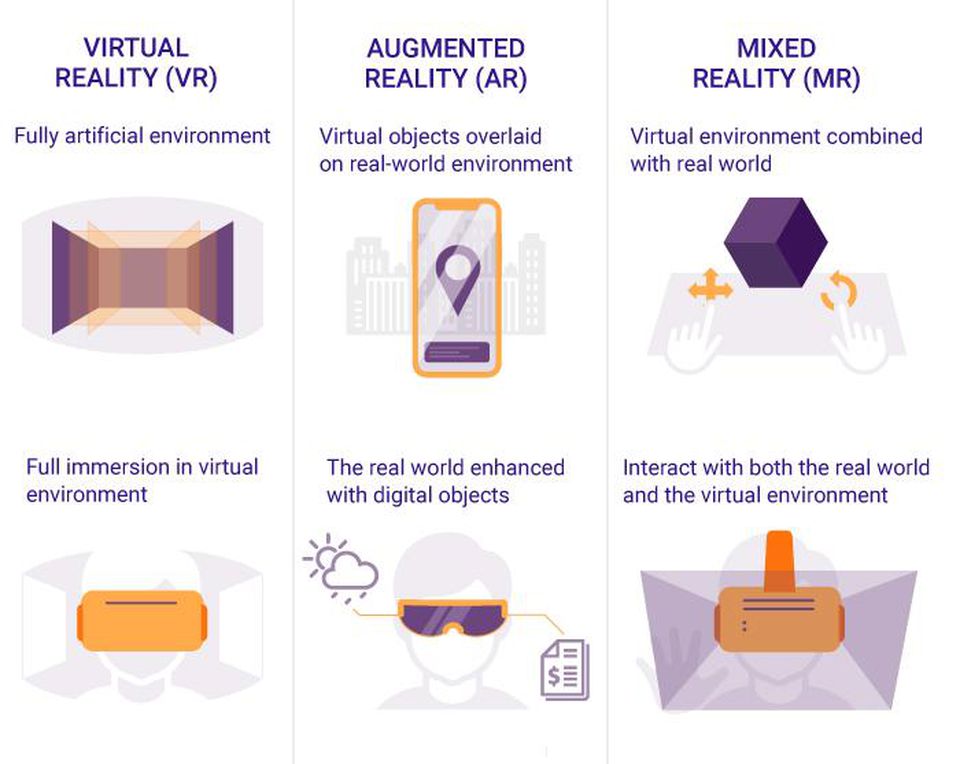Experience Virtual Reality on the web with Chrome — from blog.google
Excerpt:
Virtual reality (VR) lets you tour the Turkish palace featured in “Die Another Day,” learn about life in a Syrian refugee camp firsthand, and walk through your dream home right from your living room. With the latest version of Chrome, we’re bringing VR to the web—making it as easy to step inside Air Force One as it is to access your favorite webpage.
For a fully immersive experience, use Chrome with your Daydream-ready phone and Daydream View—just browse to a VR experience you want to view, choose to enter VR, and put the phone in your Daydream View headset. If you don’t have a headset you can view VR content on any phone or desktop computer and interact using your finger or mouse.
You can already try out some great VR-enabled sites, with more coming soon. For example, explore the intersection of humans, nature and technology in the interactive documentary Bear 71. Questioning how we see the world through the lens of technology, this story blurs the lines between the wild world and the wired one.
Learn A New Language With Your Mobile Using MondlyAR — from vrfocus.com by
Start learn a new language today on your Android device.
Excerpt:
MondlyAR features an avatar “teacher” who brings virtual objects – planets, animals, musical instruments and more – into the room as teaching tools, engages the user in conversations and gives instant feedback on pronunciation thanks to chatbot technology. By incorporating these lifelike elements in the lessons, students are more likely to understand, process, and retain what they are taught.
Users will have seven languages to chose from, American English, British English, French, Spanish, Italian, Portuguese, and German with the studio expecting to be able to offer no less than 30 languages in AR by the next update in August 2018.
Augmented Reality takes 3-D printing to next level — from rtoz.org
Excerpt:
Cornell researchers are taking 3-D printing and 3-D modeling to a new level by using augmented reality (AR) to allow designers to design in physical space while a robotic arm rapidly prints the work. To use the Robotic Modeling Assistant (RoMA), a designer wears an AR headset with hand controllers. As soon as a design feature is completed, the robotic arm prints the new feature.
The Legal Hazards of Virtual Reality and Augmented Reality Apps — from by Tam Harbert
Liability and intellectual property issues are just two areas developers need to know about
Excerpt:
As virtual- and augmented-reality technologies mature, legal questions are emerging that could trip up VR and AR developers. One of the first lawyers to explore these questions is Robyn Chatwood, of the international law firm Dentons. “VR and AR are areas where the law is just not keeping up with [technology] developments,” she says. IEEE Spectrum contributing editor Tam Harbert talked with Chatwood about the legal challenges.
Why VR has a bright future in the elearning world — elearninglearning.com by Origin Learning
Excerpt:
The Benefits of Using Virtual Reality in eLearning
- It offers a visual approach – According to numerous studies, people retain what they have read better when they are able to see it or experience it somehow. VR in eLearning makes this possible and creates a completely new visual experience to improve learners’ retention capacity and their understanding of the material.
- It lowers the risk factor – VR in eLearning can simulate dangerous and risky situations in an environment that is controllable, so that it removes the risk factor usually associated with such situations. This lets learners alleviate their fear of making a mistake.
- It facilitates complex data – Like the visual approach, when learners can really experience complex situations, they are more likely to handle them with ease. VR simplifies the complexity of those situations, allowing learners to actually experience everything themselves, rather than just reading about it.
- It offers remote access – VR in eLearning doesn’t require an actual classroom so that learning can be conducted remotely, which can help you save a lot of time and money that would normally have to be spent on planning a complete learning program.
- It provides real-life scenarios – As mentioned, one of the greatest things about VR in the context of eLearning is that it allows learners to really immerse themselves in various virtual scenarios. For instance, if the learning program involves some real situation that a certain business has faced before, an employee will be able to handle such a situation more efficiently after experiencing it virtually.
- It is fun and innovative – People love to try out new things. VR offers a completely innovative and interactive approach to learning and makes learning become an entertaining, rather than an everyday dull process.
5 reasons to use augmented reality in education — from kitaboo.com
Excerpt:
[AR] is making it possible to add a layer of enhanced reality to a context-sensitive virtual world. This gives educators and trainers numerous possibilities to enhance the learning experience, making it lively, significant and circumstantial to the learner.
According to the investment company, Goldman Sachs, Augmented Reality “has the potential to become a standard tool in education and could revolutionize the way in which students are taught, for both the K-12 segment and higher education.” The company further projects that by 2025, there would be 15 million users of educational AR worldwide, representing a $700 million market.
Let’s have a look at 5 main reasons to use Augmented Reality in education.
The Difference Between Virtual Reality, Augmented Reality And Mixed Reality — from forbes.com









